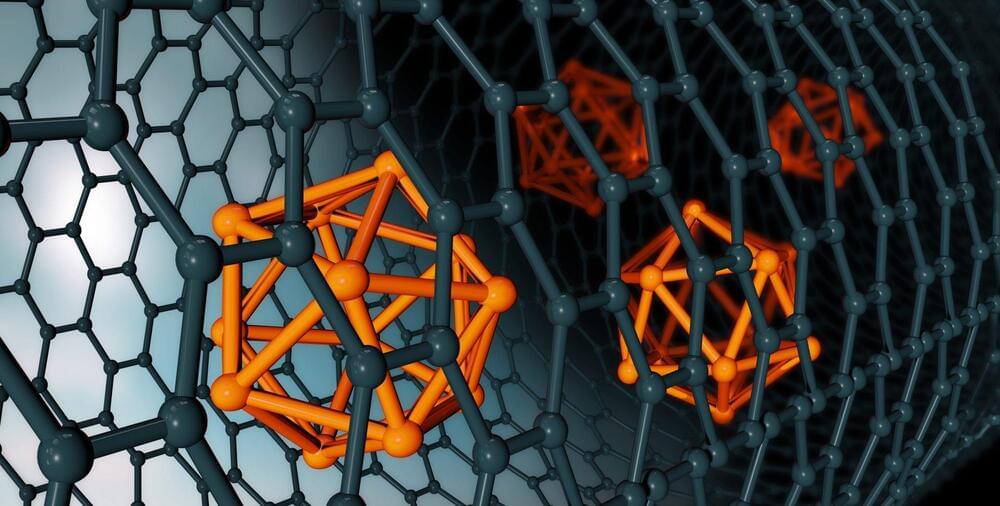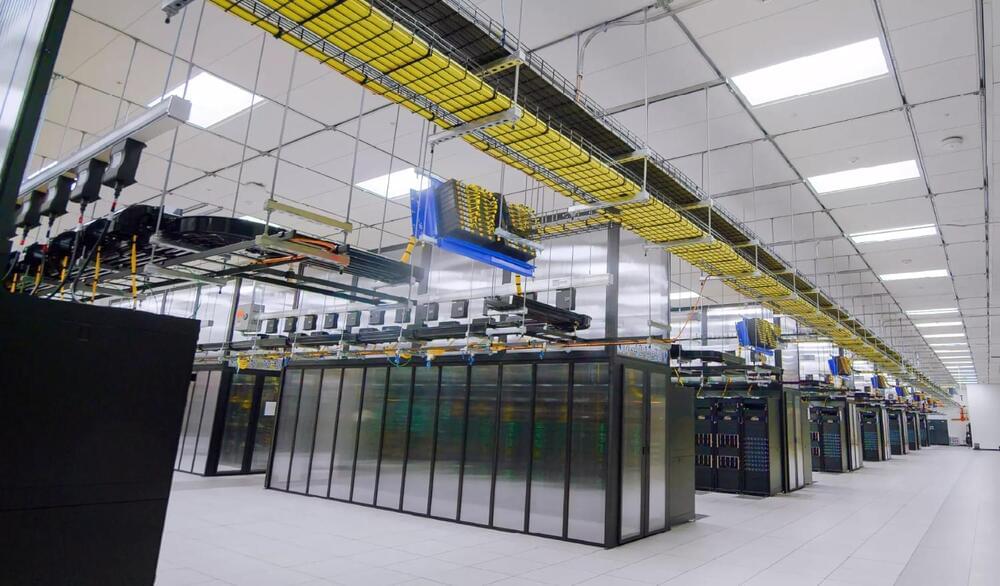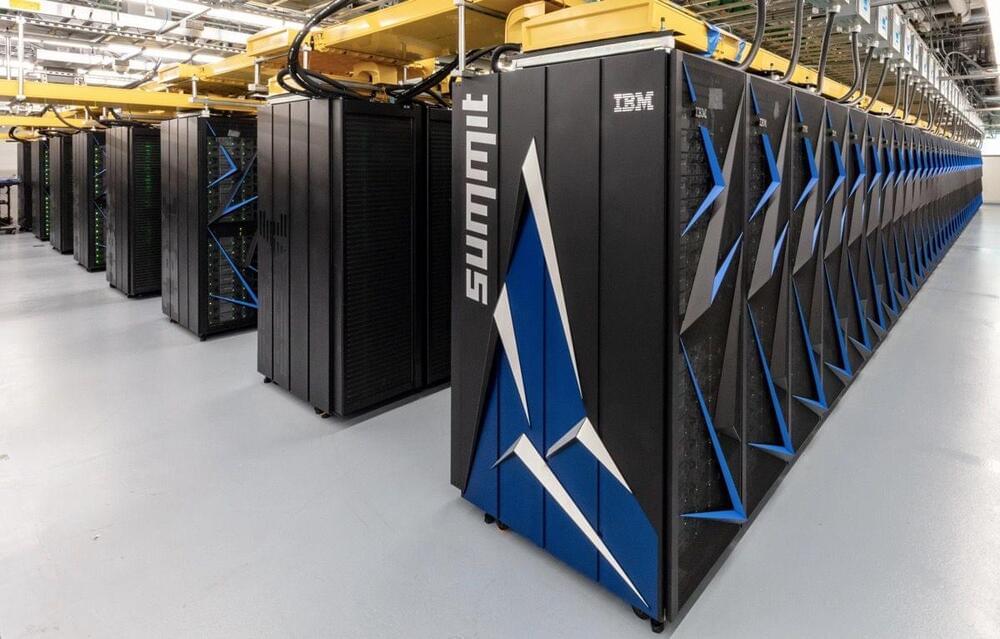Physicists searching—unsuccessfully—for today’s most favored candidate for dark matter, the axion, have been looking in the wrong place, according to a new supercomputer simulation of how axions were produced shortly after the Big Bang 13.6 billion years ago.
Using new calculational techniques and one of the world’s largest computers, Benjamin Safdi, assistant professor of physics at the University of California, Berkeley; Malte Buschmann, a postdoctoral research associate at Princeton University; and colleagues at MIT and Lawrence Berkeley National Laboratory simulated the era when axions would have been produced, approximately a billionth of a billionth of a billionth of a second after the universe came into existence and after the epoch of cosmic inflation.
The simulation at Berkeley Lab’s National Research Scientific Computing Center (NERSC) found the axion’s mass to be more than twice as big as theorists and experimenters have thought: between 40 and 180 microelectron volts (micro-eV, or μeV), or about one 10-billionth the mass of the electron. There are indications, Safdi said, that the mass is close to 65 μeV. Since physicists began looking for the axion 40 years ago, estimates of the mass have ranged widely, from a few μeV to 500 μeV.








